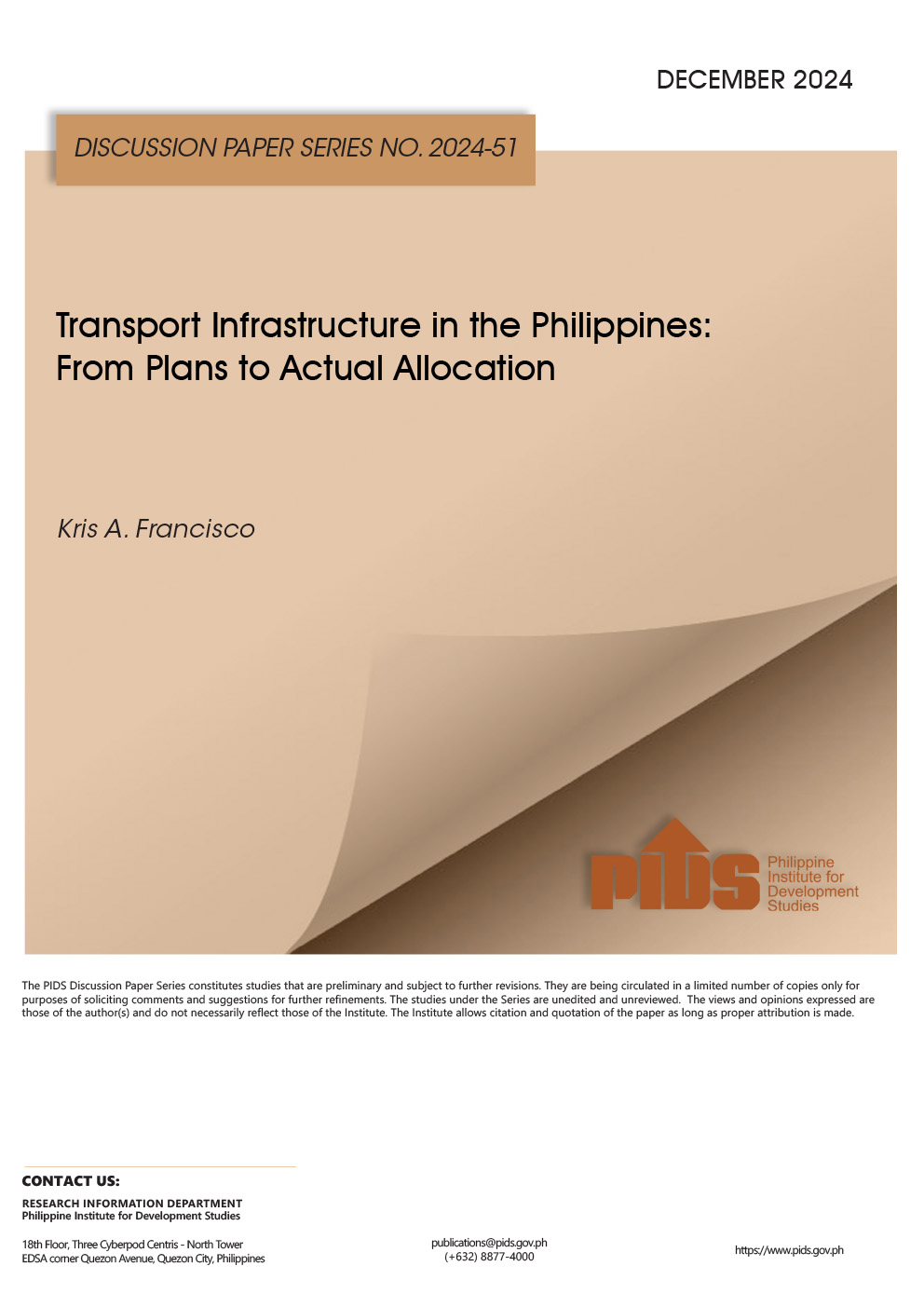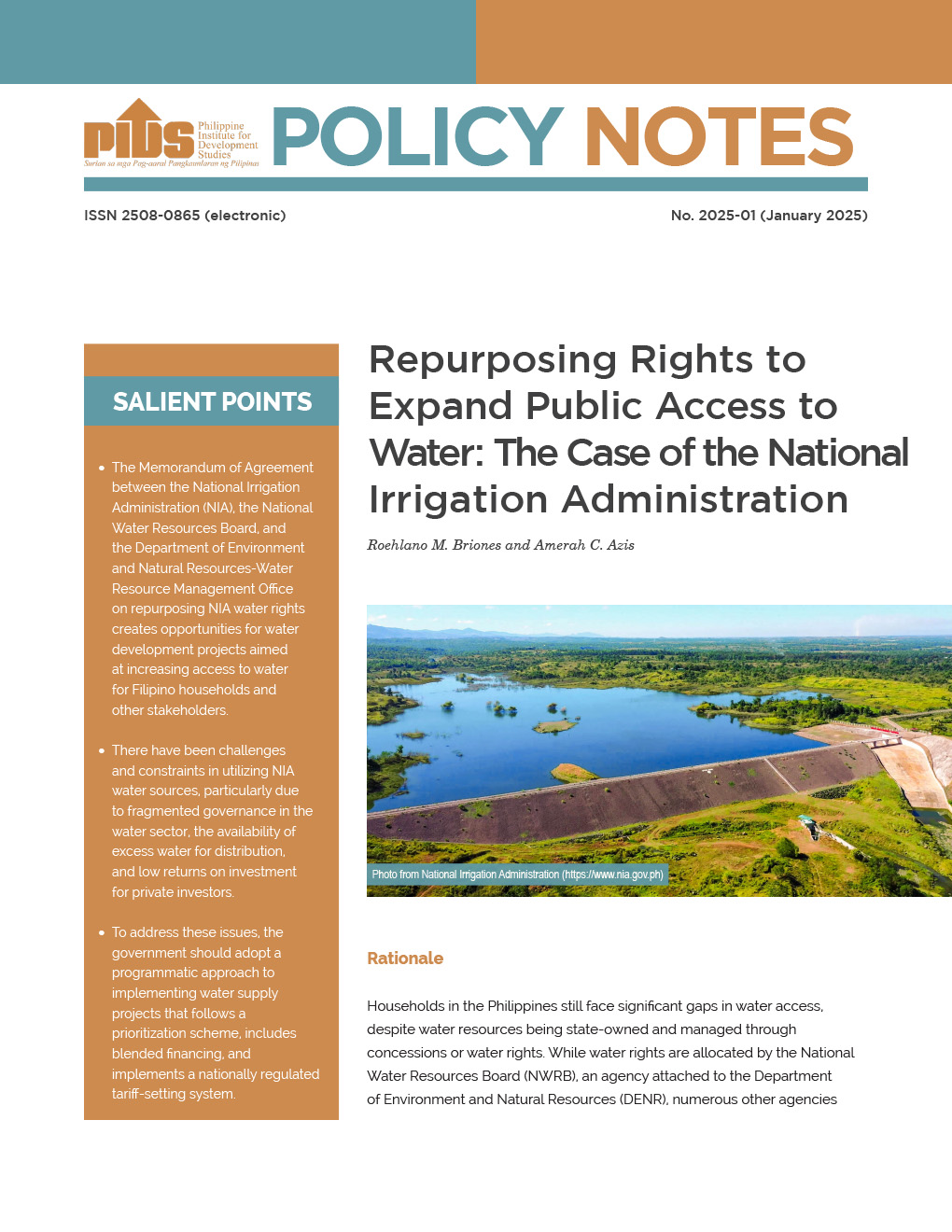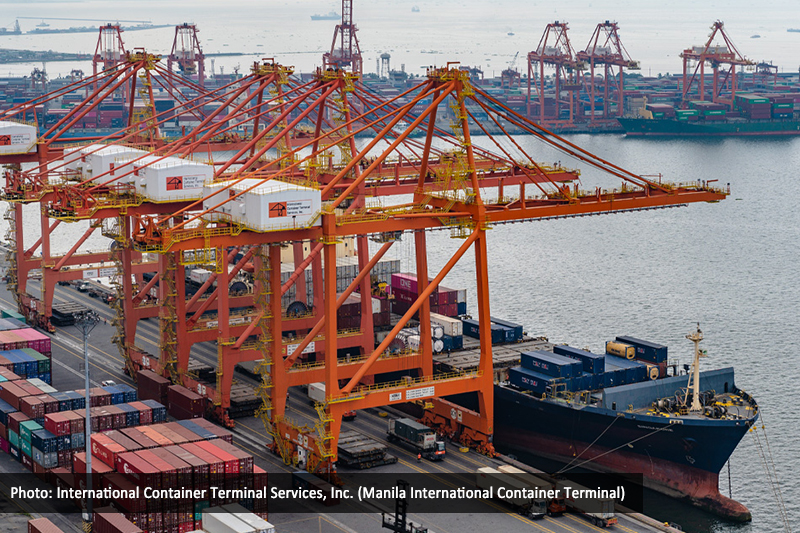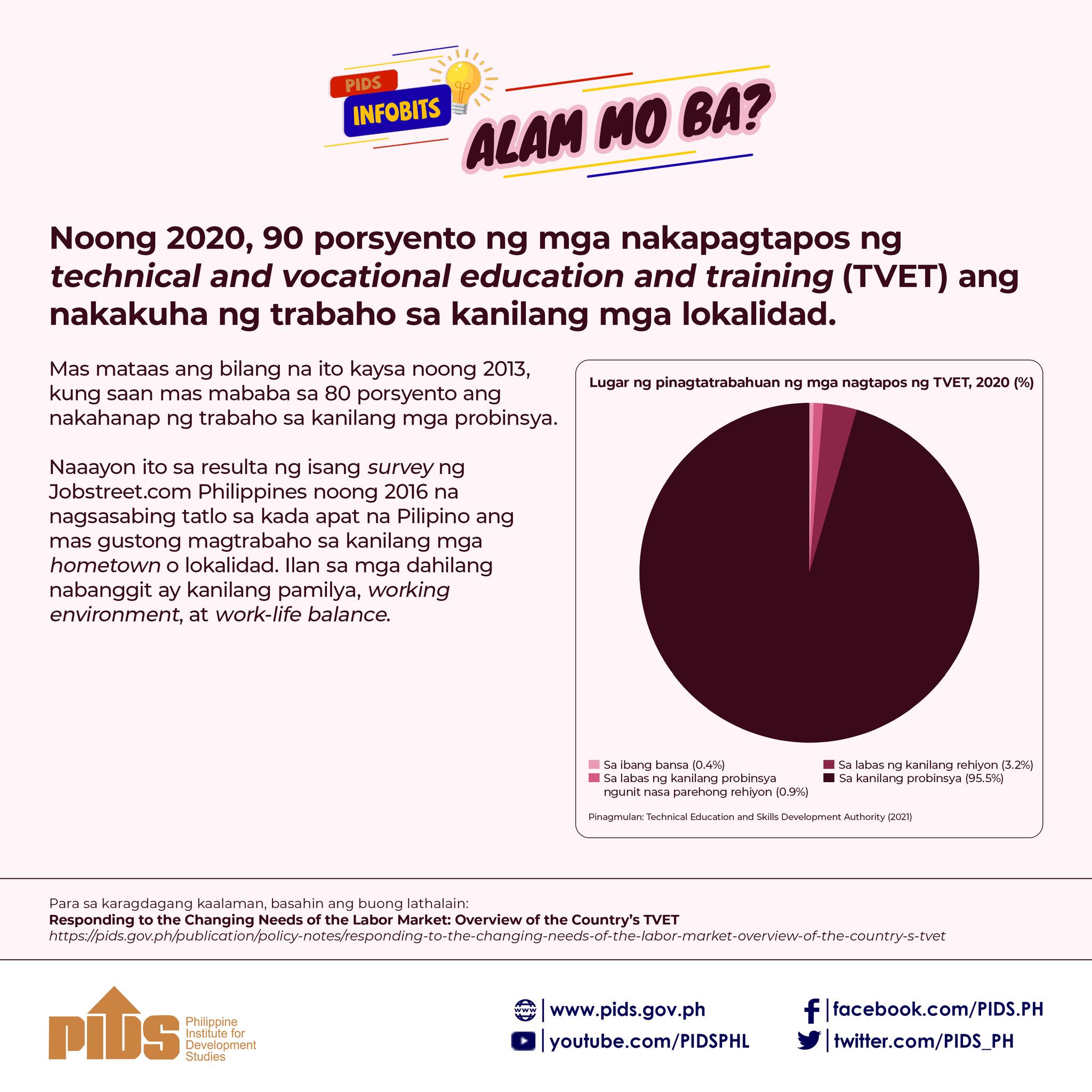ESTABLISHING a market for power reserves will drive additional investments in the country's power sector.
"We have been talking about this over the last decade or so but we're still waiting for that reserve market to happen and it will really spur more investments, especially in battery storage or ancillary capacity if we have this open and transparent reserve market," said Eric Francia, AC Energy president and chief executive officer, in a webinar organized by the Philippine Institute For Development Studies on Tuesday.
Francia said a reserve market, similar to the power spot market or the venue for trading electricity as a commodity, will enable companies to build the capacity to address the projected demand.
"Companies like us will be able to take our own view of the market and build the capacity ahead of an expected demand, knowing that there will be a market to sell to," he said.
"I think it's very important for the government or regulators to enforce the reserve market," he added.
Francia also cited the need to develop battery storage facilities to address the intermittent nature of renewable energy plants.
"Right now, there is no reserve market so it is difficult to make investment decisions, for example, on battery storage," he said.
In May, the Department of Energy promulgated a circular to institutionalize the reserve market in the Wholesale Electricity Spot Market (WESM).
Department Circular 2019-12-0018 mandates the National Grid Corp. of the Philippines procure ancillary services or power supply reserves through firm contracts as well as engage in the forward contracting of reserve requirements to ensure grid reliability.
Ancillary services or power reserves are necessary to support the transmission of capacity and energy from resources to loads while maintaining reliable operation of the transmission system as defined by Republic Act 9136 or the "Electric Power Industry Reform Act of 2001."
The Independent Electricity Market Operator of the Philippines (Iemop), the WESM operator, previously said it was working on the creation of the reserve market to entice investors as well as ensure transparency and efficiency in the procurement of power reserves.
Iemop said back in June that the Energy Regulatory Commission asked them to refile the co-optimization part of the reserves market, specifically to lodge an application for the price determination methodology focusing mainly on the pricing and cost recovery aspect of the said market.
In the same webinar, Francia cited several challenges that will affect the power sector in the short to medium term such as tightness of power supply in Luzon.
Francia said, "There has been some tightness in supply in the power sector," noting the increased outage of coal plants in Luzon.
Coal remains the country's leading source of energy.
Citing data, AC Energy's top executive said the outage factor of Luzon plants stood at 14 percent in 2016 and "it creeps up consistently."
"In the early part of 2021, this has reached a 20-plus-percent level leading to really tightness in supply, especially if you couple it with the recovery in demand," he said.
Francia also cited the declining supply from the Malampaya gas field, which accounts for 30 percent of Luzon's power generation that, according to him, also contributed to the tightness in supply.












